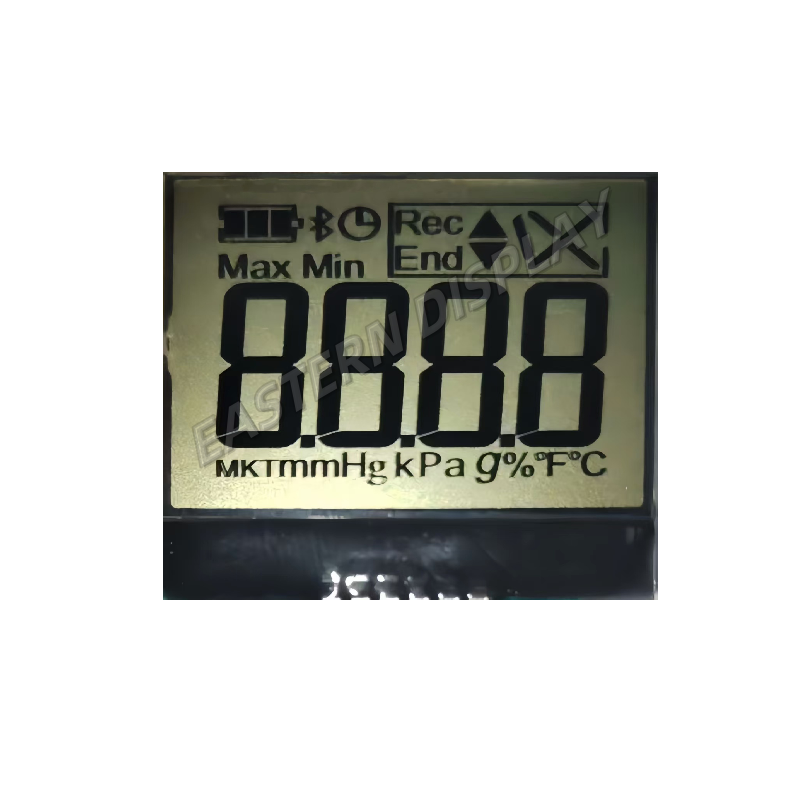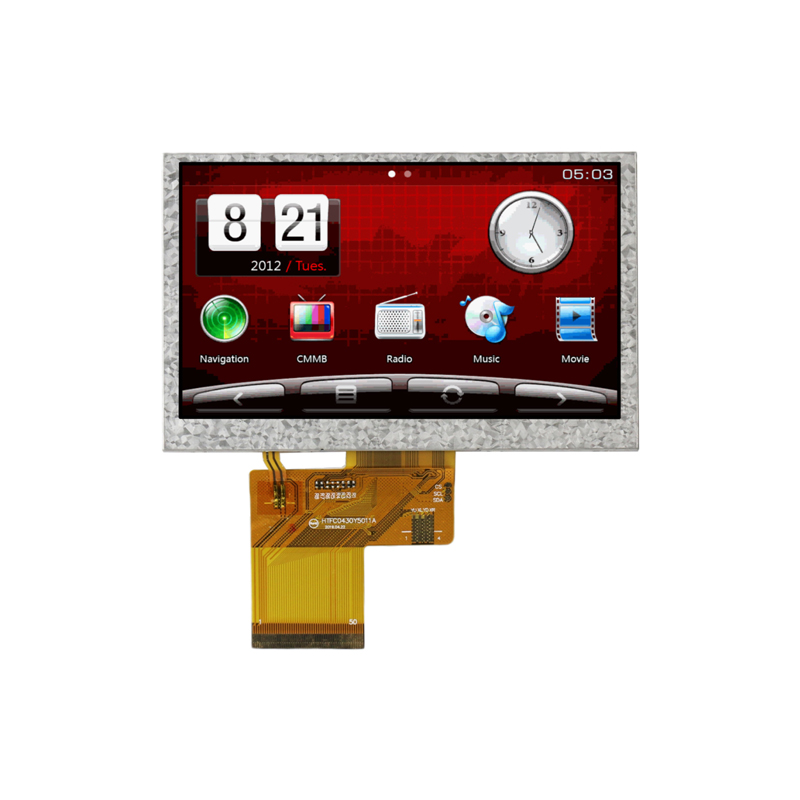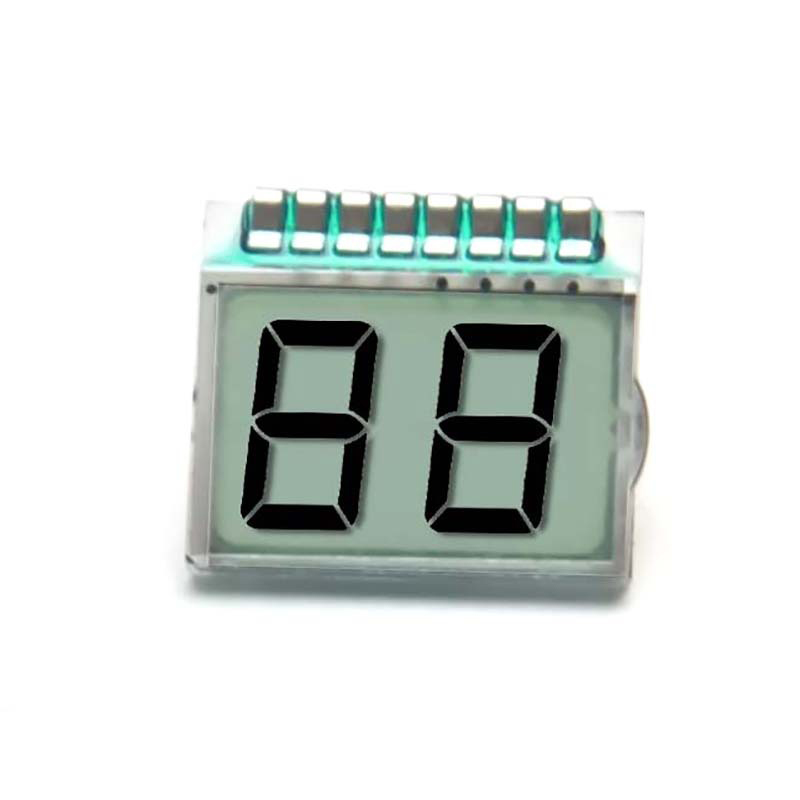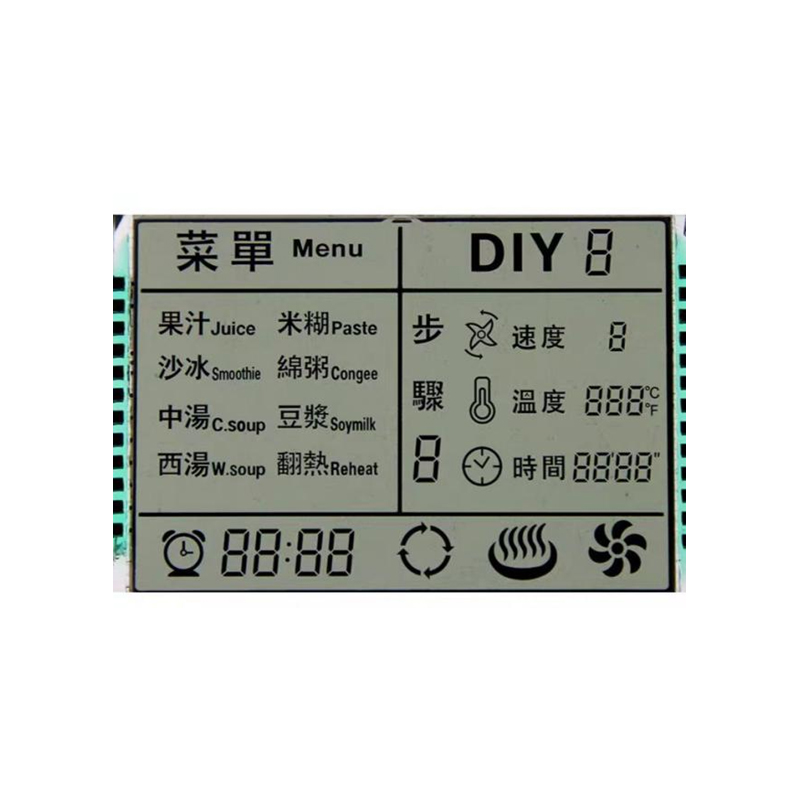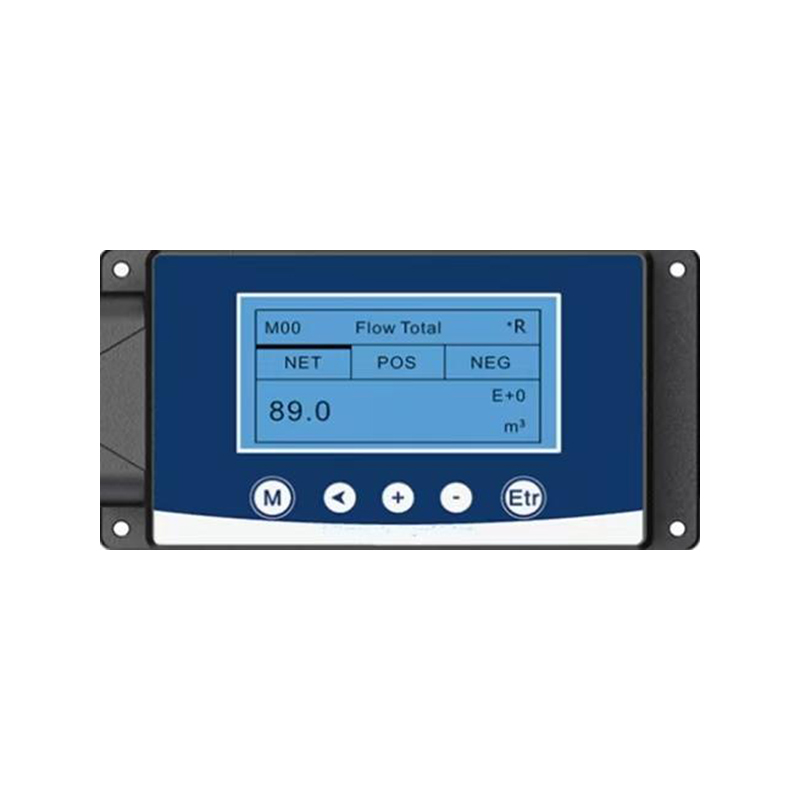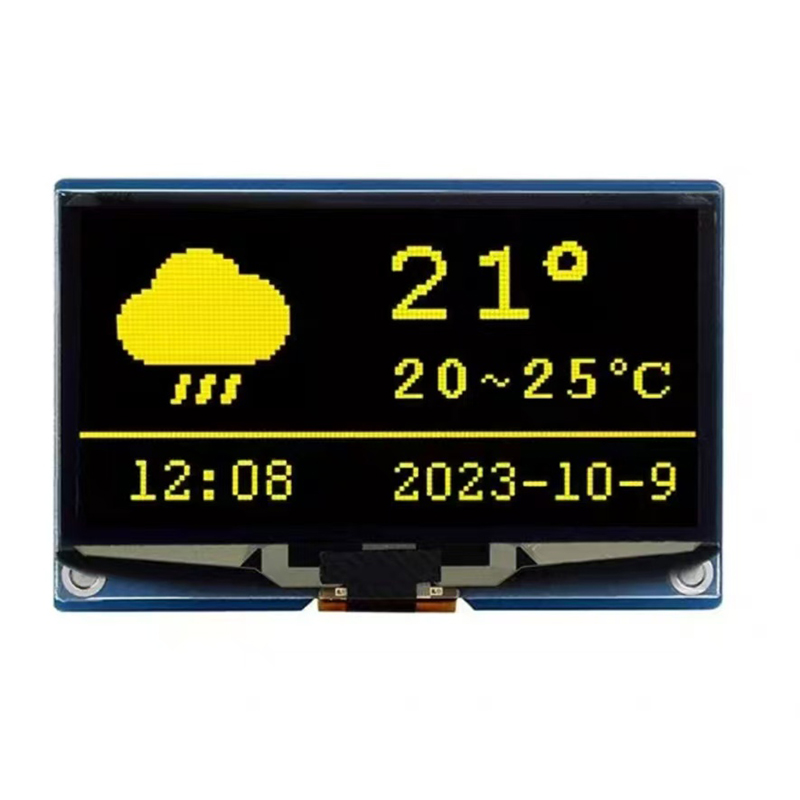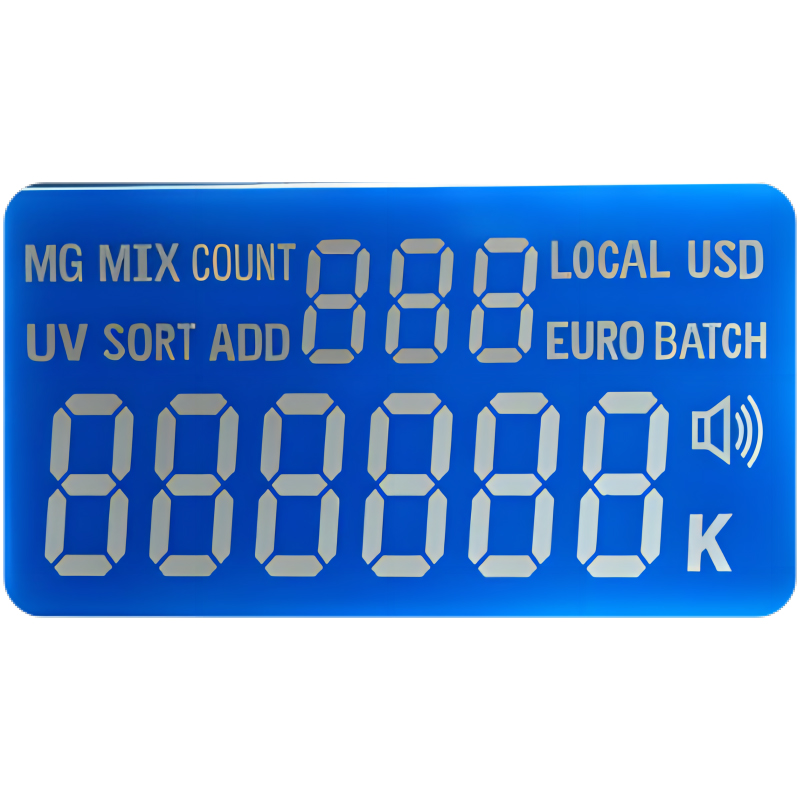
This comprehensive guide explores the complexities of AMOLED factory operations, from the manufacturing process to the key players in the industry. We delve into the technological advancements shaping the future of AMOLED display production and examine the factors driving market demand. Learn about the different types of AMOLED displays, their applications, and the challenges faced by manufacturers in this competitive landscape.
Creating an AMOLED display involves a complex series of steps, beginning with substrate preparation and continuing through thin-film transistor (TFT) backplane formation, organic light-emitting diode (OLED) deposition, encapsulation, and finally, module assembly. Each stage requires precise control and advanced equipment. The intricate nature of this process demands highly skilled technicians and sophisticated manufacturing facilities.
High-quality materials are crucial for optimal performance. These include the substrates (glass or plastic), the TFT backplane components (typically amorphous silicon or low-temperature polysilicon), the organic materials that emit light, and the encapsulation layers that protect the OLEDs from environmental factors. The purity and precision of these materials directly impact the quality and lifespan of the final product. The selection of these materials is a crucial aspect of manufacturing efficiency and final product quality.
Several companies dominate the global AMOLED display manufacturing landscape. Samsung Display, LG Display, and BOE Technology are among the leading players, constantly striving to improve production efficiency and introduce innovative display technologies. These companies invest heavily in R&D to maintain their competitive edge in this technologically demanding sector. Understanding their respective strengths and market positions provides valuable insight into the industry dynamics.
| Company | Market Share (Estimate) | Strengths |
|---|---|---|
| Samsung Display | ~40% | Advanced technology, high yield rates |
| LG Display | ~25% | OLED expertise, large-scale production |
| BOE Technology | ~15% | Cost-effectiveness, rapid expansion |
Note: Market share estimates are approximate and vary depending on the source.
The success of an AMOLED factory hinges on the reliability and precision of its equipment. Companies like Canon Tokki, Applied Materials, and Tokyo Electron supply crucial manufacturing tools for various stages of the process. These advanced machines enable high-throughput production and superior display quality. The technological advancements in this equipment directly correlate with improvements in AMOLED display production.
Maintaining high yield rates while lowering production costs remains a significant challenge. Improvements in process control, materials science, and equipment technology are continuously sought to enhance efficiency and profitability. The continuous quest for optimized manufacturing processes is a critical factor for the industry's growth.
The demand for flexible and foldable AMOLED displays is rapidly growing. This drives advancements in substrate materials and manufacturing techniques. Innovations in this area are shaping the future of mobile devices, wearables, and other consumer electronics. The ability to produce high-quality flexible AMOLED displays is a key differentiator for manufacturers.
For more information on advanced display solutions, visit Dalian Eastern Display Co., Ltd. a leading manufacturer of high-quality LCD and LED displays. They offer a wide range of displays for various applications, demonstrating a commitment to innovation and customer satisfaction.

